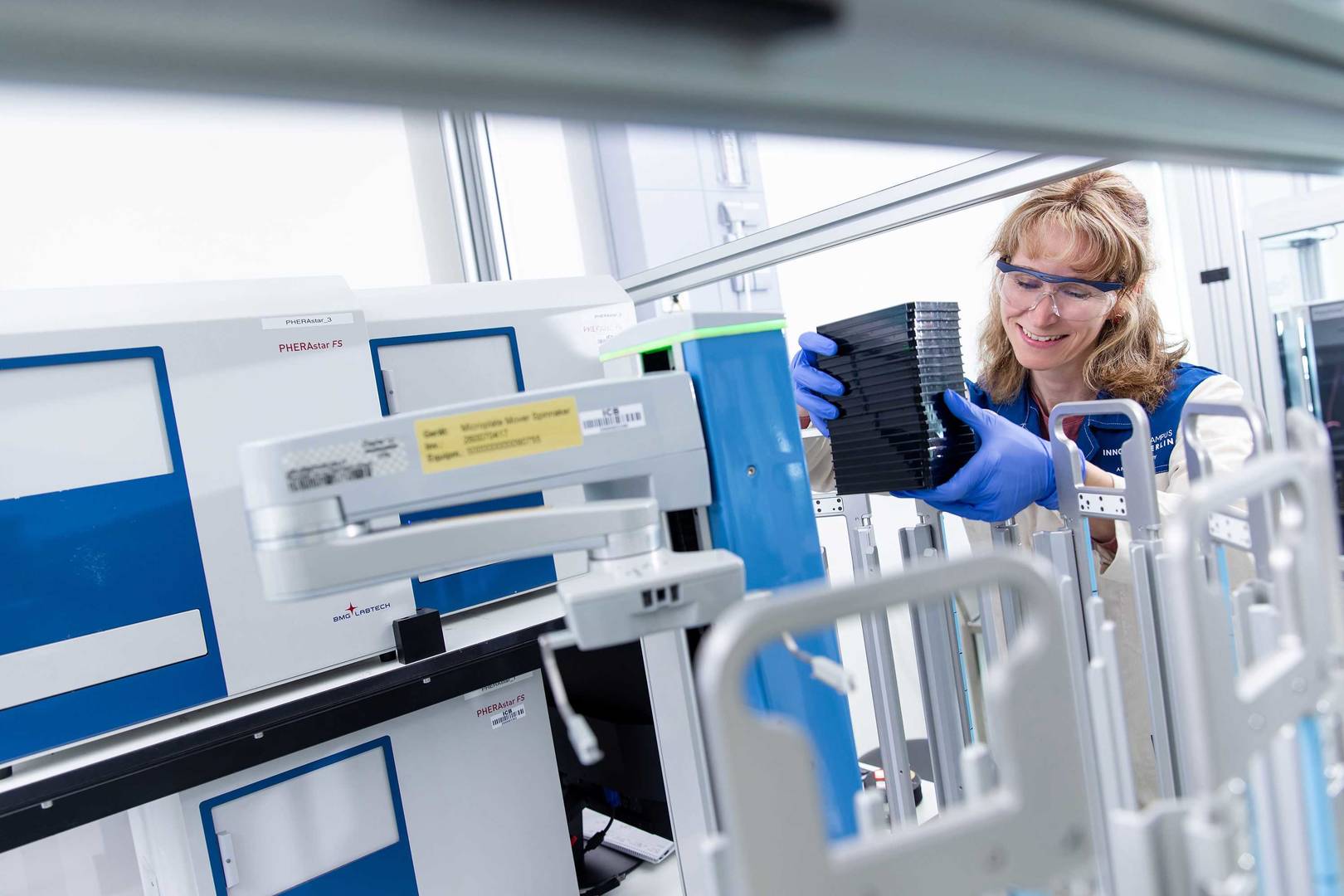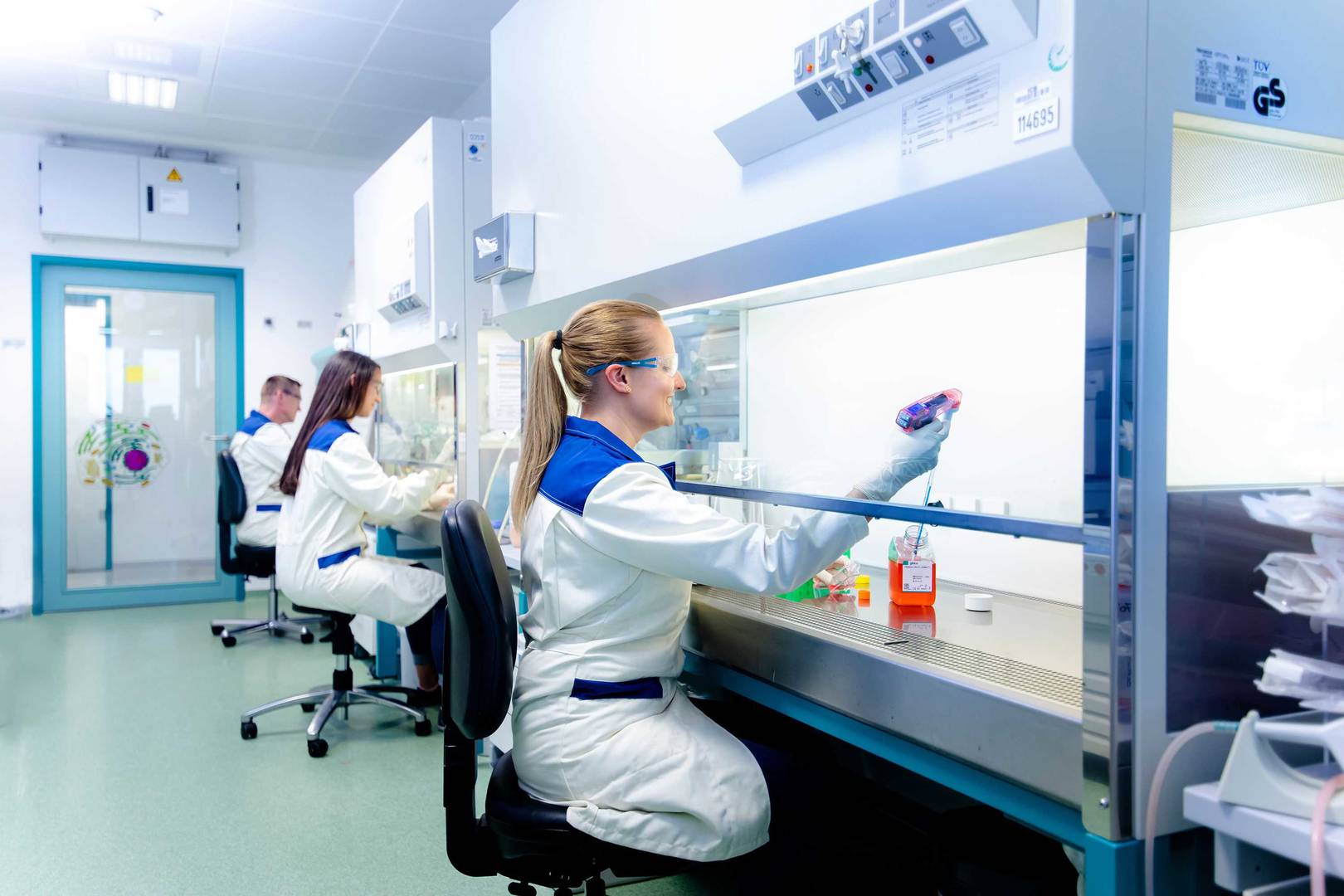When you are faced with a target that cannot be addressed using traditional approaches, our scientists will support you in implementing advanced HCA assays. These can include complex phenotypic readouts at population or single-cell levels, live-cell kinetics and stem-cell-based systems. Our HCA assays can be multiplexed and made HTS-compatible using small molecules or CRISPR libraries, and can accommodate a wide variety of eukaryotic cells, bacteria and cell-free systems.



We support our partners and clients with robust automation and miniaturisation of high-content assays.
learn more